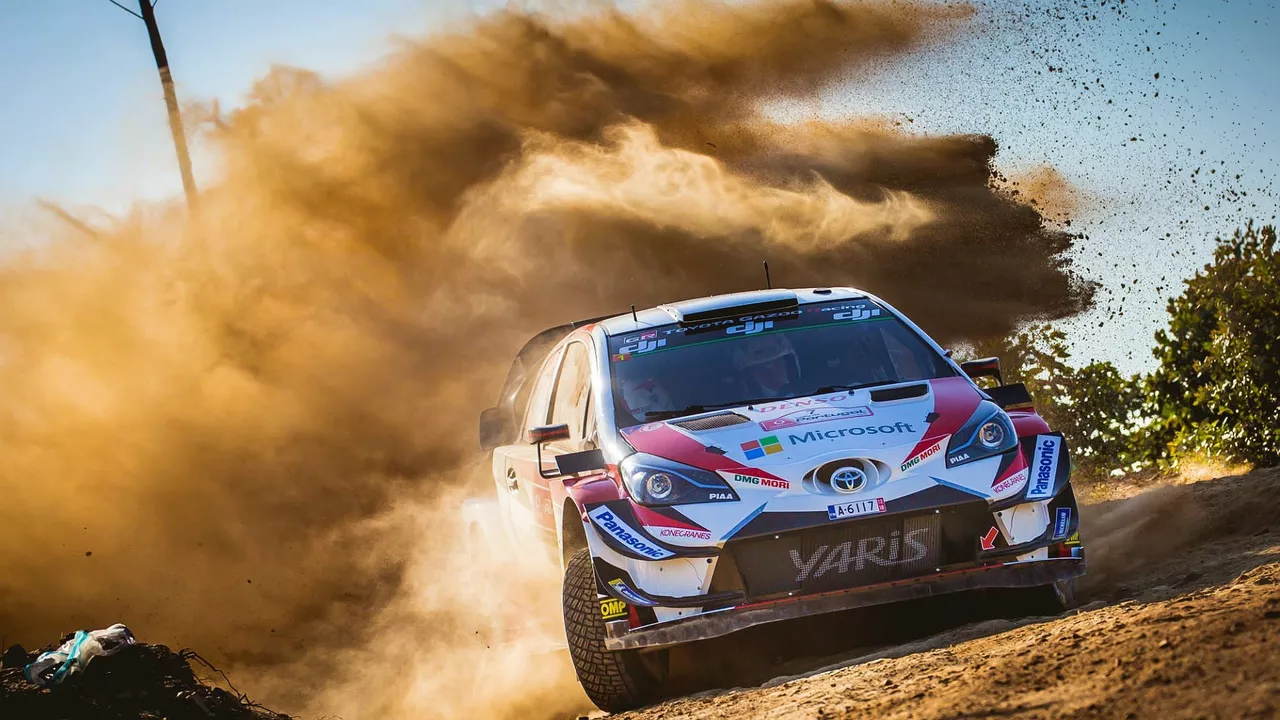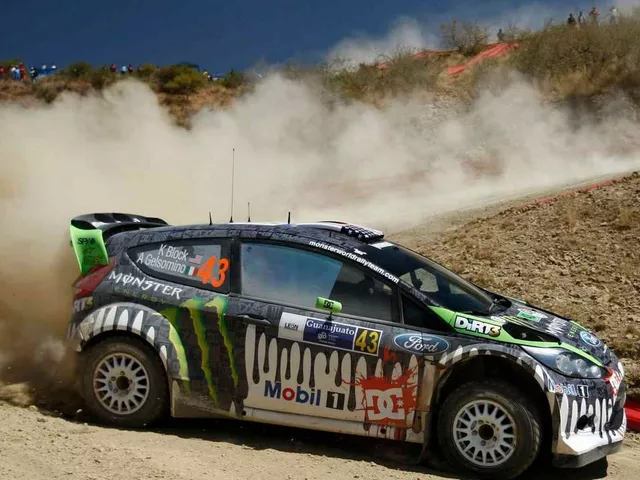The Birth of Rally Racing
Before we dive into the specifics of why most dirt rally racing cars are hatchbacks, it's essential to understand the origins of rally racing. The sport originated in the early 20th century, primarily in Europe, where it gained immense popularity. Rally racing was different from other motorsport types, as it was not held on a circuit but rather on public roads. This unique aspect of the sport necessitated the use of vehicles that could handle varying terrains.
The Evolution of Rally Cars
Over the years, the types of cars used in rally racing have evolved significantly. Initially, manufacturers opted for robust, reliable cars capable of withstanding the harsh conditions of rally tracks. However, as the sport grew in popularity, the focus shifted to speed and agility, leading to the rise of smaller, more compact cars, primarily hatchbacks.
What Makes Hatchbacks Ideal for Rally Racing
The reason hatchbacks have become the go-to vehicles for rally racing is their distinct design and features. Hatchbacks are typically smaller in size and lighter in weight than other car types. This makes them more agile and easier to handle on dirt roads and uneven terrains, which are common in rally races. Additionally, the compact design of hatchbacks also allows for better weight distribution, which significantly improves vehicle stability and control.
The Power-to-Weight Ratio
Another significant factor that makes hatchbacks ideal for rally racing is their power-to-weight ratio. In motorsport, a car's power-to-weight ratio is a critical determinant of its performance. Hatchbacks, being lightweight, have a higher power-to-weight ratio, which means they can accelerate faster and maintain higher speeds than heavier vehicles.
Modifications and Customizations
Hatchbacks are also highly adaptable and can be easily modified to meet the specific demands of rally racing. For instance, these cars can be equipped with powerful engines, reinforced suspensions, and high-grip tires to enhance their performance on dirt tracks. Furthermore, their compact size allows for easy installation of safety features like roll cages.
Cost Efficiency
Another reason for the popularity of hatchbacks in rally racing is their cost-effectiveness. Rally racing is a sport that often requires substantial investment in car maintenance and repairs due to the harsh driving conditions. Hatchbacks are generally more affordable to repair and maintain than larger, more complex vehicles. This makes them a practical choice for many rally drivers, especially those on a tight budget.
The Influence of Regulations
Rally racing is governed by a set of rules and regulations, which also influences the choice of cars. Many racing leagues have specific categories for hatchbacks, which encourages their use. Moreover, the regulations often favor smaller, lighter cars, further boosting the popularity of hatchbacks in the sport.
The Future of Hatchbacks in Rally Racing
Looking ahead, it seems likely that hatchbacks will continue to dominate rally racing. Their unique combination of agility, performance, and cost-effectiveness make them an ideal choice for the sport. However, it's also possible that advancements in automotive technology could lead to the rise of new vehicle types in the future. But for now, the hatchback remains the king of the rally circuit.






